Vishal Lall’s ‘Next-Level’ Plan To Build Aruba Into A $5 Billion Business
Vishal Lall, COO of Aruba, a Hewlett Packard Enterprise company, has his sights set on scaling the go-to-market capabilities of the mobile-cloud-first wireless network pioneer with an eye on growing the business to $5 billion.
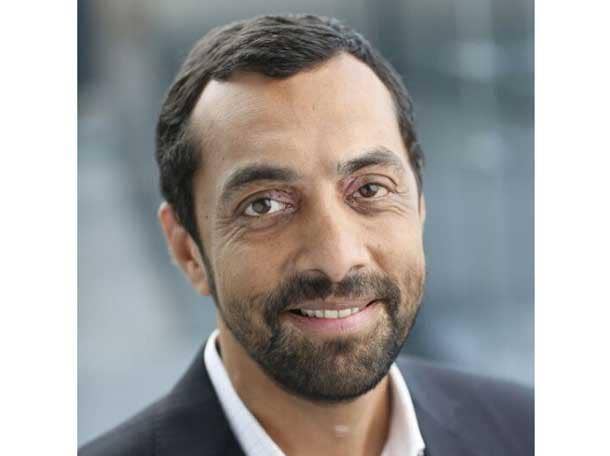
Building A ‘Purpose-Built’ Network For IoT
Vishal Lall, the former HPE strategy officer who took the Aruba COO job six months ago, said the wireless networking pioneer is hard at work on a new network for the edge and the Internet of Things.
“There are networks purpose-built for IoT that we are working on,” said Lall, who was recently named to CRN’s 2019 Top 25 Innovators list. “These are things that we will have in the market pretty soon that are very, very specific to IoT. If you think about it, devices are different than users. They behave differently. Today’s networks were built for users, not for devices. As we go forward, we will be building out very, very specific edge and IoT-specific networks that are purpose-built for [the Internet of Things] and have the security capabilities prebuilt into them around authentication, zero trust security, etc.”
HPE Aruba already is working with customers and partners on the next-generation edge network, said Lall. “We are actually talking with a whole bunch of customers, partnering with them as we design the next-generation network,” he said.
Lall said it is vital that customers look at the edge as a completely new architecture. “The risk is that customers don’t look at this as a completely new architecture, but instead as an extension of the existing architecture and then try to make it work with existing tools and technologies,” he said. “I just don’t think they will get the performance, capabilities or the security profile they need if they do it that way.”
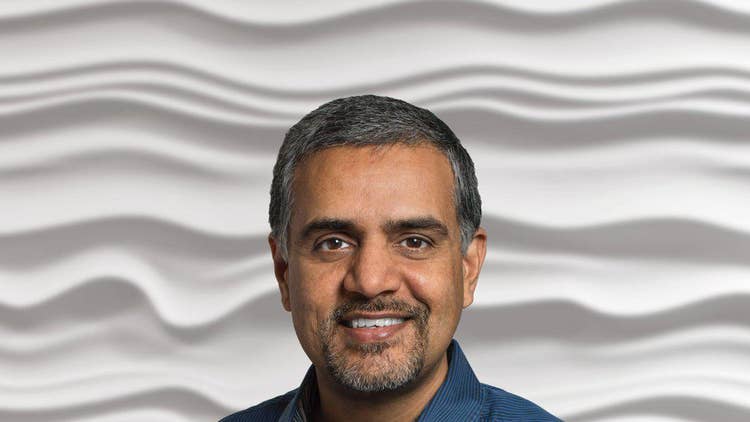
Can you talk about your appointment as COO of Aruba and what it means for HPE and Aruba?
I have known Aruba founder] Keerti [Melkote] (pictured) for 10 years. Keerti and I have been working pretty closely on strategy since the [HPE] acquisition of Aruba [in 2015].
Keerti and I have been working with the [HPE] board [of directors] on strategic elements along with [HPE President and CEO] Antonio [Neri], especially looking at the edge long term.
As we were talking about the future with Keerti—scaling the business from $800 million when we acquired Aruba to close to $3 billion now—four times the size when we acquired Aruba, and as we look at the next few years, we see huge growth.
Keerti wanted to spend more time on innovation and customers, and he was looking for a partner who could work with him to scale the business. I told him I would love to be that partner as we scale the business. And Keerti and I had already done a lot of the thinking together in terms of what we can do at the edge in the future.

What are the top priorities?
The very first thing is scaling up the go-to-market for Aruba for the current business. We have pretty good products, but our share is low relative to Cisco, which is the No. 1 player. A lot of it is about the go-to-market model.
As I come on board, that is my priority No. 1: to scale the business, leveraging go-to-market as we look at our go-to-market model overall. That is the first priority for me: to take share and build out the business.
At the end of the day as we scale the business, partners are absolutely an integral element of it. We cannot scale this business without partners. Period. So partners are a very key element of scaling the business, whether it is distributors, value-added resellers or service providers as a route to market. That is a very important element.
No. 2, there are these areas of growth that are adjacent to the core business—one is security. You saw the [ClearPass] Device Insight announcement we did at [Aruba] Atmosphere. We have ClearPass as one of our big products in the security space. As we look at that business, we will build it out over time. That is the second charter Keerti has given me—to help build that business out and run that business. That is the other element I have started to work on.

Are you aggressively expanding the partner channel base?
Yes. We are on-boarding partners every single day. I was up in Portland where we have a lot of our Insight channel account managers. We are scaling that group as well as our field CAMs.
How big of an investment are you making to scale the channel?
It is a sizable investment to scale the channel. That will be an important route to market for us. We are scaling our SMB business. Those two things go hand in hand. So both of them are huge opportunities. I think there are a whole bunch of new opportunities for Aruba with the channel.
How big an impact will the move by Aruba into the small-business market with Aruba Instant On have on the channel?
It is huge. If you look at our penetration down in the SMB market, it is low. It is a new market for us. It is absolutely new revenue, new market, new TAM [total addressable market] for us.
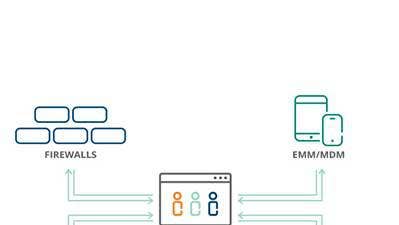
What is the HPE Aruba security vision with extending ClearPass across HPE?
We have a decent security footprint today with Aruba. I think it is the best-kept secret. People just don’t know that we have security products within Aruba. We will build that out. You will hear more about the security products from a marketing standpoint. We have a very good starting point.
As you look at it from an edge perspective, one of the biggest issues that customers have as you talk to them about IoT and edge devices—even before security visibility—is to help them understand what is on their network and then help them control it and secure it. The product we announced recently is Device Insight, which helps customers identify and inventory products on the network. The product we have is AI- and machine-learning- driven. It helps customers understand the issues the network has and then they can apply controls to that. That is how we are starting to solve the security problem as we look at it from an edge perspective. So we are identifying devices and then putting policies and controls around it. So that is kind of the starting point.
As you look at the edge, we will be investing more in security. It is a big element of growth for us, and it is a big issue with customers. As we look at IoT and the edge, that is a problem we want to solve for our customers.
The channel is going to be one of the big growth engines for that. Security products tightly integrated with our products on the networking side will be a great solution from the channel’s perspective, whether it is ClearPass or Device Insight. Those are l products we believe we can get to customers through our channel.
What is Aruba’s vision for the IoT network of the future?
There are networks purpose-built for IoT that we are working on. These are things that we will have in the market pretty soon that are very, very specific to IoT. If you think about it, devices are different than users. They behave differently. Today’s networks were built for users, not for devices. As we go forward, we will be building out very, very specific edge and IoT-specific networks that are purpose-built for (the Internet of Things) and have the security capabilities prebuilt into them around authentication, zero trust security, etc.

How big an investment is Aruba making in the new breakthrough edge architecture?
A significant amount. There is strong investment in the networking and security side. If you add it all up, it is a significant amount. We have to make that investment. As we scale the business, you’ll see more investment from a go-to-market perspective as well. Look at the announcement Antonio made [with a $4 billion investment in edge computing]. We are making investments across the board.
What is the message for customers that have to make the move to a new edge-centric architecture?
We’ll come in with an architecture that is custom-designed for the edge and for IoT with security built into it. It’s a fresh way of looking at things—not going after virtualized applications. These will be all containerized workloads that will be running on the edge. People will be running machine-learning algorithms at the edge. That is what we will be enabling—a network custom-built for the edge with security built in as well as the ability for people to run custom AI and machine-learning workloads at the edge as needed.
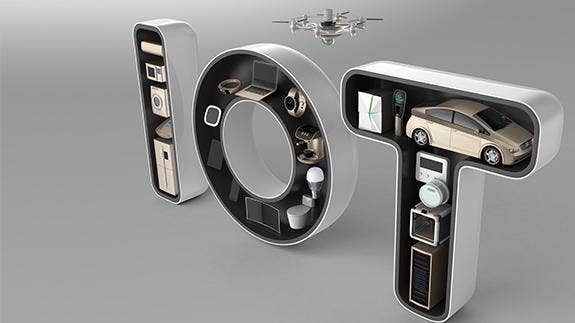
What is the risk for customers as they look at making a decision on choosing an edge network for devices and the Internet of Things?
The risk is that customers don’t look at it as a different, completely new architecture, but instead as an extension of the existing architecture and they try to make it work with existing tools and technologies. I just don’t think they will get the performance, the capabilities or the security profile they need if they do it that way. The approach for the edge is a brand-new approach. Think of it this way—at some point all of these devices will have embedded compute, kind of Raspberry [Pi compute modules]; they will have custom chips built for image processing, vision processing, things of that nature. There are companies working on that right now. These are new architectures that don’t exist today and that people are working on.
If you go and take a server with virtualization and bring it to the edge, it is not going to work. It needs a new type of processor, a new type of operating system, a new type of security protocol. It needs a new type of distributed management for millions of devices worldwide. It is a completely different problem than what we have solved in the cloud with hyper-scale or what we have solved in the traditional data center with virtualization.
What’s the time frame for that new edge network?
We’ll have a rolling approach to products. You’ve already seen us come out with a security product: [Aruba ClearPass] Device Insight, which is IoT security. … Not all of it comes out at the same time. It will be over time. We will be on a cadence. The good thing about Aruba is that the product and engineering groups are very good at developing new products. You’ll see the cadence over time.
Can you talk about Device Insight as the first of these new edge products?
If you ask customers about their biggest problem from an IoT perspective, it is security. If you dig deeper into it and ask them what they mean by security, the first thing they will say is, ‘Help me get visibility into my devices on the network.’ So what we are trying to do is solve one of the biggest pain points for customers. Partners that bring that value proposition to their end customers will find it resonates.
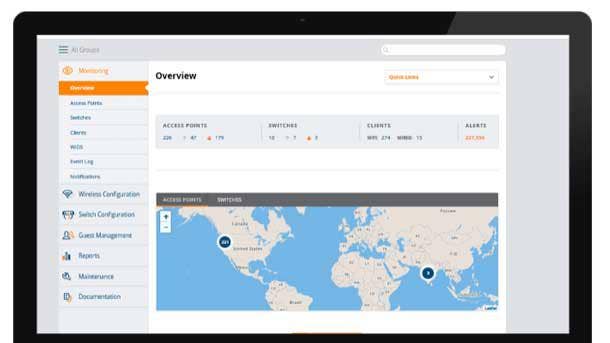
How do the Aruba software assets stack up against the competition?
I think we have a good position, in my opinion. We know how to build networks to start with. We started with the mobile-first approach, which is so far ahead [of competitors]. Now it is going from mobile-first to device-first. That is the next transition. I think we are better positioned than if you started from the data center side. If you look at VMware and Cisco, they started from the data center.
What kind of advantage does that give Aruba?
It is huge. We know how devices work, how to on-board devices, how to secure devices, what are the issues you see in the network when devices connect. As we look at it and go from this device to that one, we understand the capabilities that we can leverage but also the differences. It is not like we are working in a vacuum. We are actually talking with a whole bunch of customers, partnering with them as we design the next-generation network.

How big of an investment are HPE and Aruba making to dominate the edge compute market?
At HPE, this is the biggest investment we are making as a company. Antonio has talked about the $4 billion investment [to accelerate HPE intelligent edge products and services]. At Aruba, we are making investments in our go-to-market, investments in scaling our current business, investments in security, investments in the edge around IoT networks, security and edge compute.
A lot of the innovation that you’ll see from us won’t be in terms of the next-generation server on the edge side. It will be in the software around management, software around orchestration of applications, software around security, software to manage distributed devices. It will be that type of capability that you will see from us.
How important is the channel go-to-market with the edge compute push?
Channel is a huge part of this. The investment we are making in growing our channel is very, very important. Channel partners are going to be key to our growth and our success. We have to grow that part of our go-to-market. As we push these products out, they are not going to be products that need 50 people, professional services type implementations. They have to be very channel- friendly so that we can sell them through the channel and implement them through the channel.
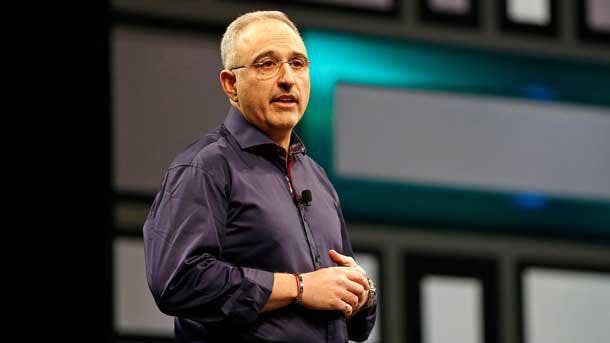
What kind of impact is Antonio having on the HPE culture?
It’s pretty big. We have seen it over the last year. Antonio has been very, very employee-first. Just the history of him being at the company [for 24 years], kind of understanding the culture, the employees and their needs has been very, very beneficial.
From the Aruba perspective, he was very instrumental in keeping the Aruba brand and keeping Aruba somewhat separate because he believed in the potential. His take was we needed to keep this in such a way that we get the best of Aruba and the best of HPE. That is a delicate balance, but I think we have done a good job with it. It was his idea and perseverance that made it work. The investments that he has made in this business were key. We are a public company. We have EPS [earnings per share] to report. It has to come from somewhere. He has found the money to scale this business. He has believed in Aruba. He believes in the future growth of this business and in the edge and in the edge to cloud.
What are the top priorities as you move the business forward?
It all has to do with scaling the business. Think about where we are as a business unit at Aruba: The product innovation is there; the execution is there. As we go to the next level to scale, we just need the right capabilities, the right processes, the right people to drive that growth. That is where I am focused.
How big could this business be?
We are $3 billion in revenue. I definitely see a path easily to $5 billion. What we are working on is to see if we can get it to $10 billion.
What is the biggest hurdle to getting there?
Getting our go-to-market capabilities in the right place and kind of at the right level of maturity is the most important thing—which involves the channel. I think we have the products to grow. The question is how do we take our wireless products from 17 [percent] to 18 percent market share to 25 percent market share? It is not that we need a different set of products. It is how do we reach more customers. The same with our access switching products and our core switching products. We have the right products. The question is how do we get our products to more customers, convince more customers. The only way to do that is through the right sales model and the right go-to-market model.
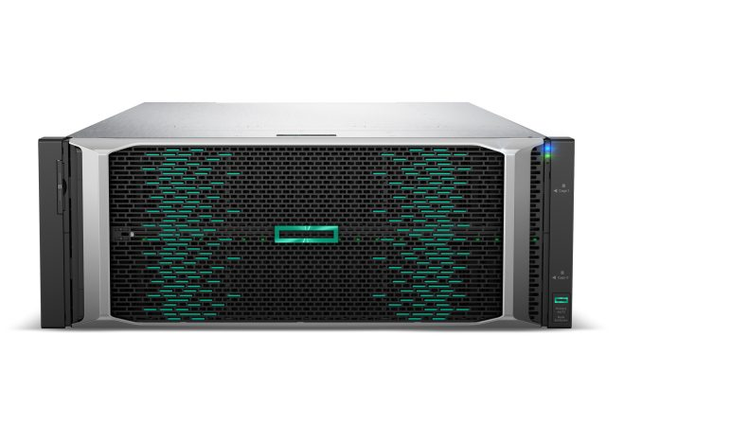
What is the plan to scale to go up against Cisco and how critical is the go-to-market?
At one point in time, it was just Aruba. Now it is Aruba and HPE. Now as customers buy our products, they are getting the best innovation from Aruba with the backing of HPE. It is a very good alternative to Cisco.
You know Aruba well. You don’t get into a closed ecosystem when you go with Aruba. We come in with new products, new innovation, open ecosystem and lower TCO [total cost of ownership].
As we go to market you will hear that message from us. It is mobile-first, of course. You will see more and more edge-first as well. If you think about it, Cisco started off basically in the data center world, in kind of the x86 data center world. Aruba started in the mobile cloud era. We are getting into the edge cloud era next. As we make that transition, we are in a good position.
What percentage of HPE partners are selling Aruba?
It is growing, but there is more opportunity there. I look at it in two ways: How many partners? And what is our share of wallet with those partners? At the end of the day, we have to look at are we able to convince our partners to carry more Aruba versus other products? So it’s about how much money they make from that and whether they are able to convince their end customers that is the right way for them to go. We are looking at all of that.
What partners are the prime target as you expand the go-to- market?
There are some who are network-centric and some who are security-centric. We are definitely looking at those partners, and there are some smaller partners as well that are more regional, so we are looking at those as well.
We already have the big nationals—the CDW and the WWTs. What we are trying to do is expand the number of our partners in our go-to-market engine.
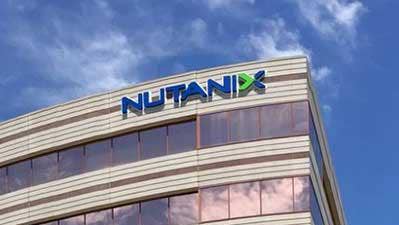
You worked on the Nutanix partnership. What kind of impact will that deal have on the channel?
I think the impact of that deal is huge. Nutanix today sits on SuperMicro and Dell. We don’t have much representation there. Just look at how much hardware sits under the Nutanix revenue—it is in the billions. Working with us, what happens is we open new accounts that were Dell VMware accounts. No. 2, there are a set of accounts where we get preferred treatment over Dell and SuperMicro. So we get share of existing accounts. We break into new accounts. It is a win-win on both sides.
There are accounts where we have gone into the environment and we are starting to implement Nutanix and SimpliVity on HPE servers in the same account for different use cases. There is a lot of opportunity for sure.
How important is the Google deal with the Google Kubernetes Engine as part of an on-premises Infrastructure-as-a-Service offering with HPE GreenLake?
It is new. We are just getting started with container workloads. It is a good way for us to get in there and have a full end-to-end hybrid cloud story on containers relative to virtual machines. It is still new, but I think it is a big move on both their part and our part.
If you look at what Google has done, they have basically said it is a multi-cloud world. They are basically saying this is a mechanism by which you can write an application on containers and you can run on our stack—HPE plus Google—or even on a public cloud like GCP, Azure or AWS.

What surprised you when you took the job?
It was all welcome and pleasant surprises. The R&D engine is very strong here. Keerti as the founder has a lot of the founding team still in place. That is fantastic. That typically doesn’t happen after acquisitions. You usually lose some of the best talent. At Aruba we still have that innovation engine, which is huge. That way we can create new products and push new products into market.
How big an opportunity is there to bring the best of Aruba to HPE and the best of HPE to Aruba?
They are both very complementary assets in a way. There is a huge amount of innovation here. There is a huge amount of scale, processes and capabilities on the HPE side. There is lots of value from the co-mingling of the two companies. We’ve been doing more and more of that. You’ll see more of that. The key here is to make sure we get the best of both sides.